Replacement windows – how to choose them and how much they cost
Improve your home's look, value and energy efficiency with our go-to guide to replacement windows. We've broken down all the costs and options for you.
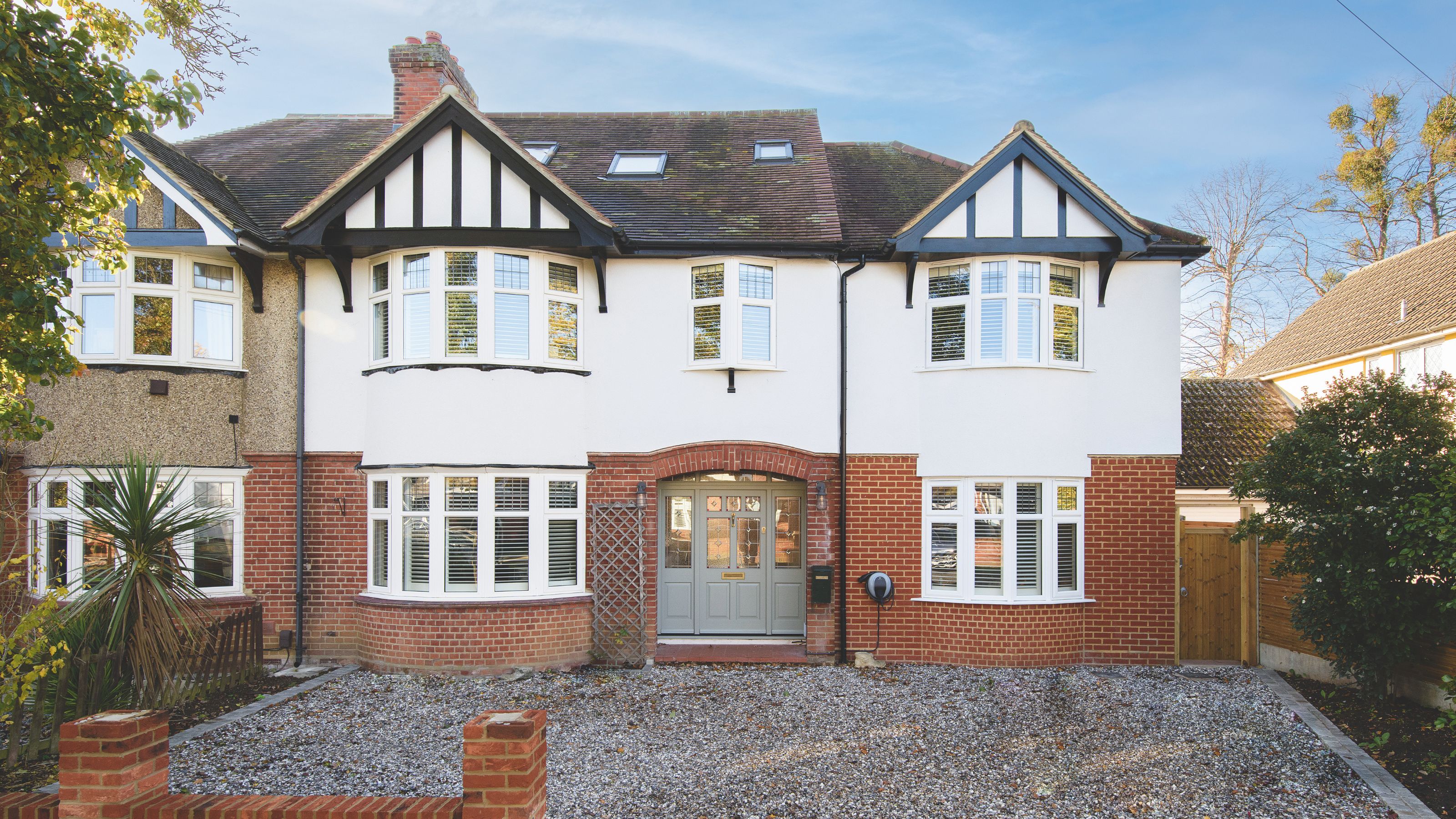

Do you need replacement windows for your home? Well-maintained windows are the crowning glory of a period property and sometimes a simple update is enough or fully replacing original windows is necessary.
Maybe you just need to figure out how to paint your window frames for a quick update, but if you feel a draught around your neck while watching telly or lying in bed, it could mean that you need replacement windows, as not only is the cold coming in, but the heat's getting out, too.
Updating your existing single-glazed or old double-glazed windows and you'll immediately notice the benefits. They include a warmer home, smaller energy bills, a lower carbon footprint, less noise outside and reduced condensation. In most cases, you won't need planning permission for windows, but the rules may be different if you live in a Conservation Area or other kinds of designated zone.
Experts at Checkatrade explain more, 'Window replacement can instantly boost the value of your property and enhance your quality of life. Aesthetic considerations aside, newly fitted windows can help you to be more energy-efficient and reduce noise pollution in your home.'
So, we've got the lowdown on everything you need to know about replacing windows.
1. Consider the different window styles
Replacing your windows can not only boost your home's kerb appeal, but also transform how you feel living in it.
The type of windows you choose will affect the appearance of your property and could decrease or increase its value, so research the options carefully.
This is especially important when considering traditional windows for period homes as there may be additional restrictions on what window styles you can use.
You should also weigh up between double and triple glazing to see which is right for your home.
Wood windows
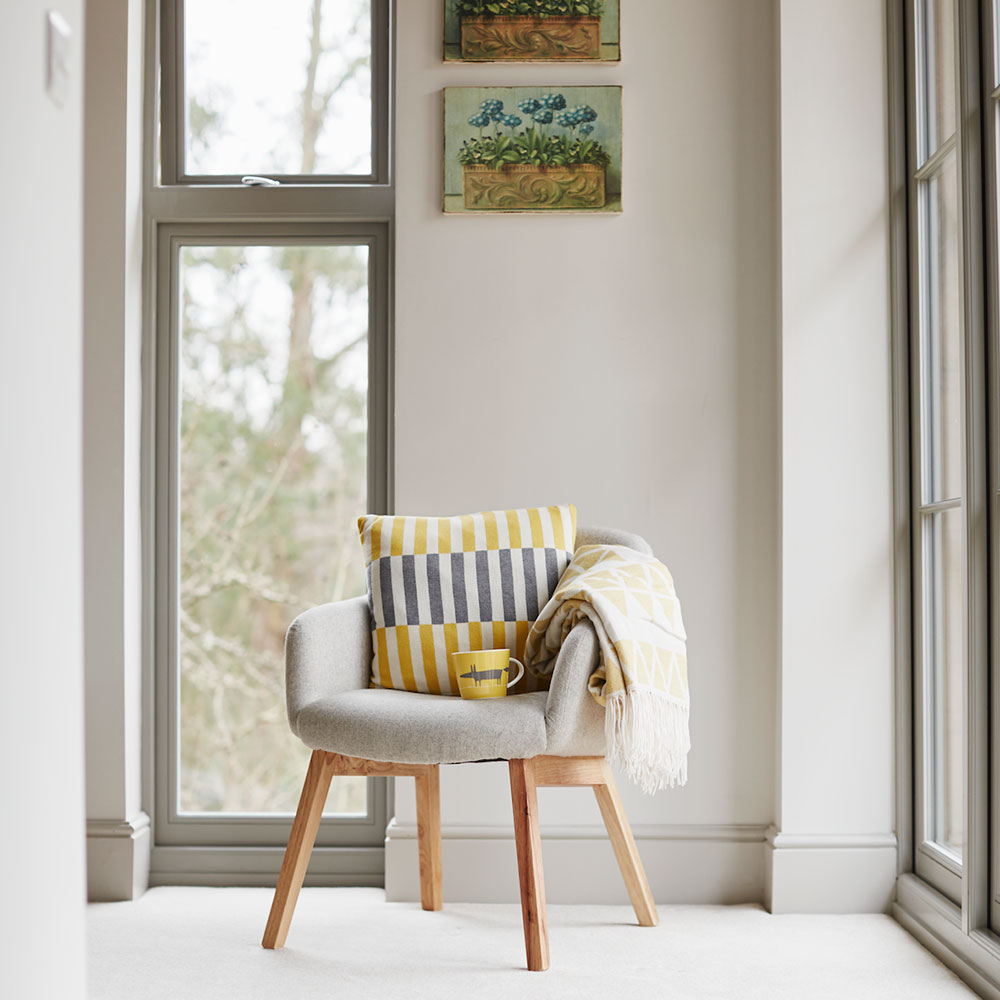
There has been great progress in wood-window manufacturing in recent years. You can now buy windows made from wood that's been impregnated with preservatives and factory finished to a high standard. This helps prevent water penetration and reduces maintenance – so you'll only find yourself repainting every eight to 10 years.
Designs have also improved to limit heat loss and incorporate the latest thermal glazing. Find a window company that's a member of the Wood Window Alliance, which ensures high standards. 'Choose fully factory-finished wood windows to ensure the joints, seals and bits you can't see are completed to a very high standard,' says Tony Pell, chairman of the Wood Window Alliance.
Pros and cons of wood windows Good-quality timber windows can improve the look of a house, add value and last 60 years or more if well looked after. However, they will need regular maintenance and can be pricey.
Cost of wood windows Expect to pay anywhere between £350 to £1,000 per window, depending on the size and design. It can be more.
Aluminium windows
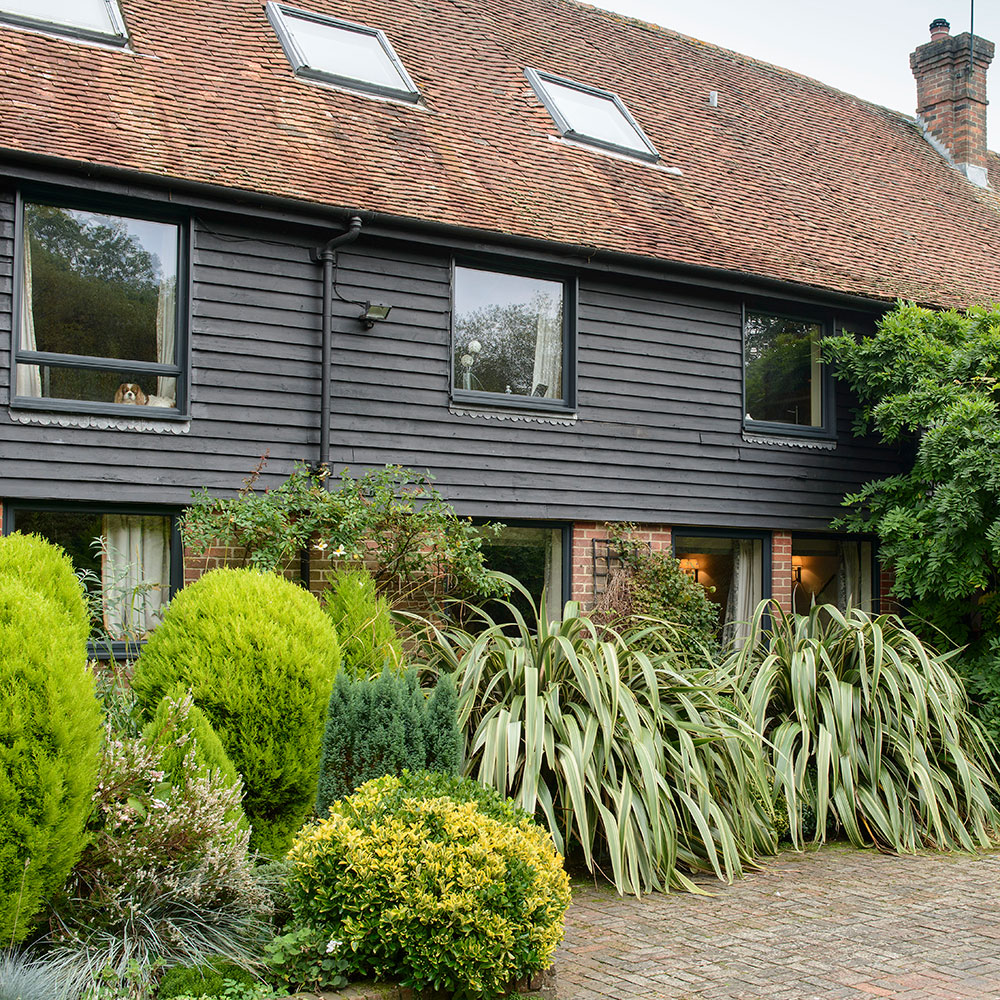
Thanks to their cool, industrial look, metal windows suit contemporary buildings, loft or warehouse conversions, and Thirties homes where they were part of the house's original design.
However, condensation can be an issue because metal frames get colder than wood or plastic. That said, modern aluminium frames can be made with a ‘thermal break’, which improves insulation and prevents condensation, too. But to know whether you should choose uPVC or aluminium, you need to consider the pros and cons.
Pros and cons of aluminium windows: Aluminium is strong and you can have very slim frames to maximize glazing. It’s low maintenance, long lasting and also comes in various colours. On the downside, they won't suit every style of house and have a high price tag.
Cost of aluminium windows: The average cost is similar to timber windows, depending on the size and design you go for.
PU and PVC windows
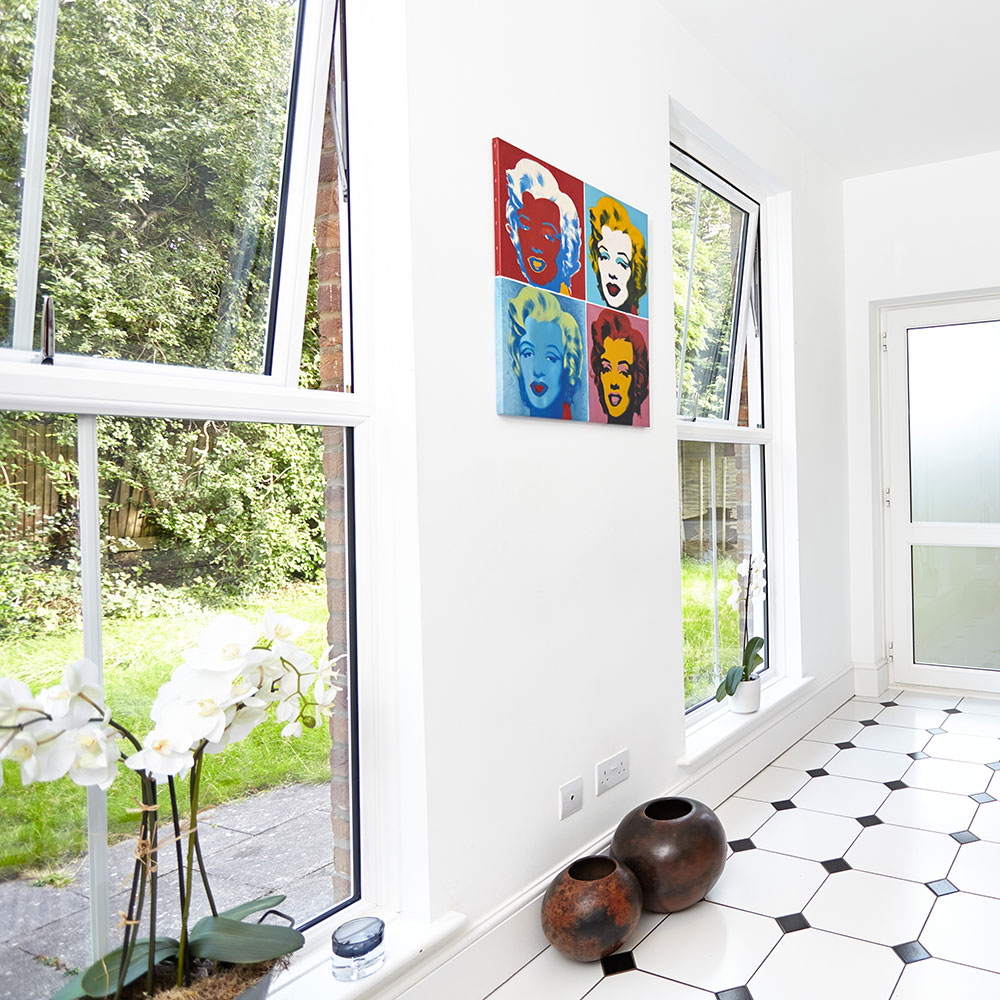
PVC and PU windows have become more sophisticated in recent years. Most companies offering wood-effect frames in modern and traditional styles, including simulated timber sash windows. Wood-effect frames cost about 20 per cent more than the standard white plastic frames, and come in natural finishes such as ‘rosewood’ or ‘light oak’.
Also, improvements in PVC window design mean you should easily be able to find a style to suit your property. ‘PVC windows are generally the most cost-effective choice,’ says Jill McLintock, product manager at Everest. 'Plus, nowadays, they feature the latest advances in window technology.'
Pros and cons of PVC windows They’re good value and low maintenance. However, they’re tricky to repair and the sun can render them brittle and discoloured. Plus, plastic has nearly half the lifespan of well-maintained wood or metal.
Cost of PVC windows Prices start at around £250 per window, depending on size and design.
2. Understand your glazing options
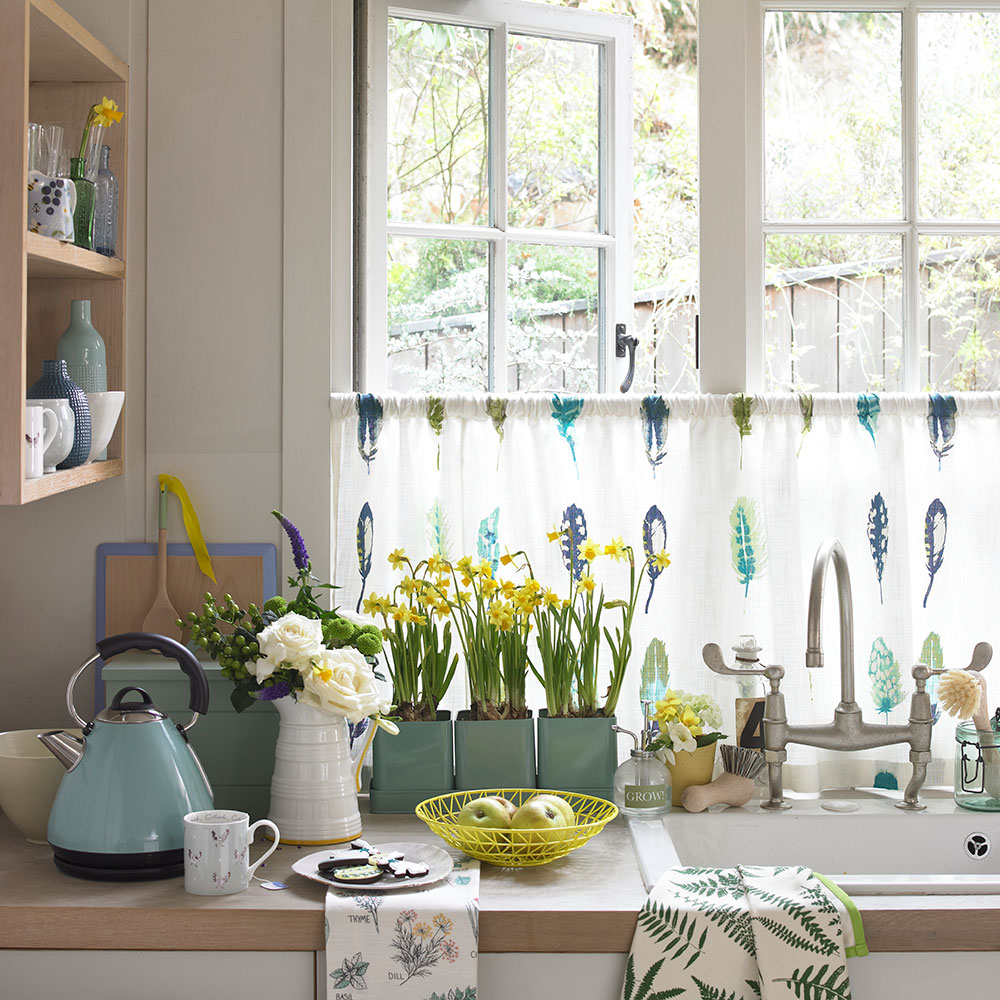
The actual glass you choose for your windows is as important as the frames themselves. There are different types of energy-efficient glass which, combined with the air-tightness of the frame, give a window its energy rating, which must be between A and C. It might be wise to visit the British Fenestration Rating Council for more information on energy ratings.
To ensure an A rating, specify glazing such as Planitherm or K Glass from Pilkington. Both of these choices have an invisible coating that reflects heat back into the room while letting in free heat from the sun. This is known as passive solar gain. ‘Low-emissivity Glass has a thermal coating for better efficiency, so it’s a great choice for energy-conscious families,’ says James Lee of MyGlazing.com
You can now also ask for triple glazing, which retains heat better than double glazing. That said, it’s an expensive choice and opinion is still divided over whether it saves enough energy to warrant the cost. MyGlazing.com is an easy-to-use consumer-advice website from the Glass and Glazing Federation, and a good place to research all types of glazing.
Top tip: Find your ideal glazing and see what you’ll save on bills with the Glass Compass app (glass-compass.com)
3. Period property? Try secondary glazing

Unless your house is listed or in a conservation area, all replacement windows must be at least double glazed to comply with building regulations. If it is listed, exemptions may apply, so it’s worth checking with your local council. If your period property isn’t allowed double glazing, or your budget’s too tight, try secondary glazing instead.
This is when an additional pane of glass or polyester film is fitted inside single glazing. It’s less costly than double glazing, so ideal if the price of replacement windows is a deterrent.
If cost is key, kits are available from DIY stores. Or you could try a company such as Ecoease, which offers both DIY kits and a made-to-measure service, for around 10-15 per cent of the cost of double glazing. Its handy plastic panels come ready-to-fit, are cheaper than adding an extra single pane of glass and can be removed in summer.
Get the Ideal Home Newsletter
Sign up to our newsletter for style and decor inspiration, house makeovers, project advice and more.

Amy Cutmore is an experienced interiors editor and writer, who has worked on titles including Ideal Home, Homes & Gardens, LivingEtc, Real Homes, GardeningEtc, Top Ten Reviews and Country Life. And she's a winner of the PPA's Digital Content Leader of the Year. A homes journalist for two decades, she has a strong background in technology and appliances, and has a small portfolio of rental properties, so can offer advice to renters and rentees, alike.
-
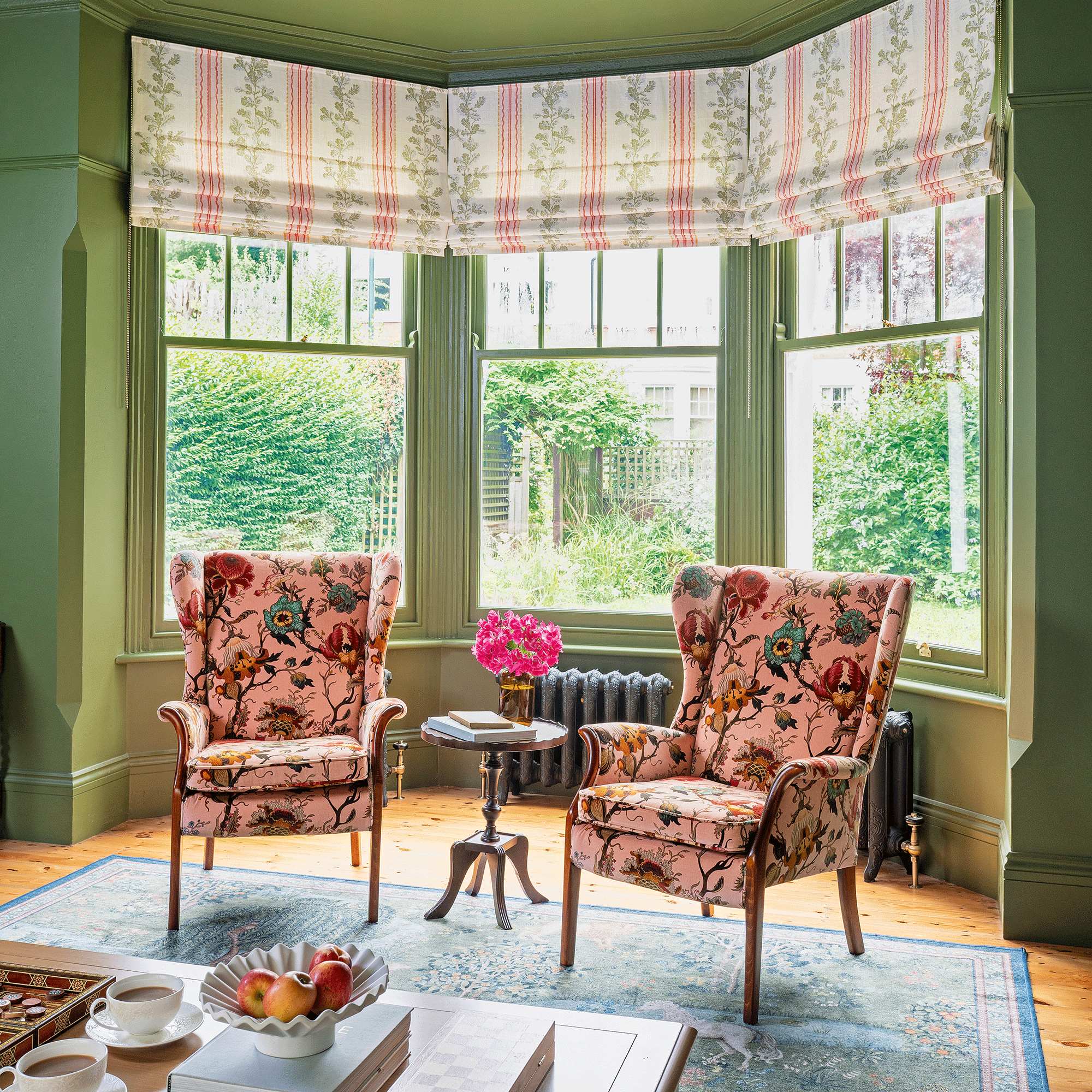 A strict colour palette and vintage finds have turned this semi-detached Edwardian house into an elegant family home
A strict colour palette and vintage finds have turned this semi-detached Edwardian house into an elegant family homeSticking to a three-colour palette of green, pink and yellow and mixing in plenty of vintage furniture and art has created an authentic period feel
By Stephanie Smith
-
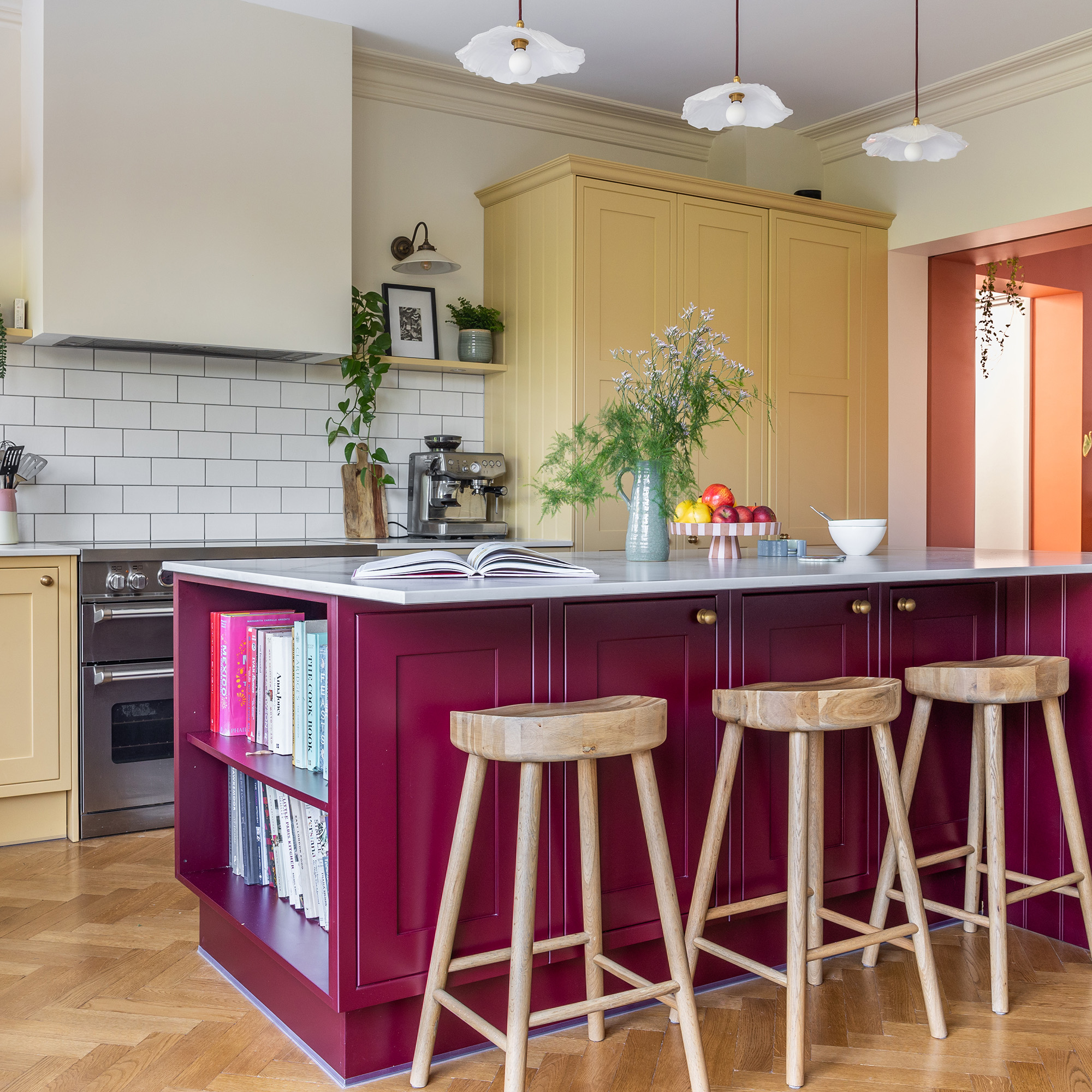 A top-to-bottom renovation has turned this Edwardian house into a lovely family home
A top-to-bottom renovation has turned this Edwardian house into a lovely family homeWith a few considered structural changes, this period house has been turned into a family home and has created a sanctuary for years to come
By Maxine Brady
-
 How to heat a conservatory
How to heat a conservatory7 practical options to consider for year-round comfort
By Amy Reeves